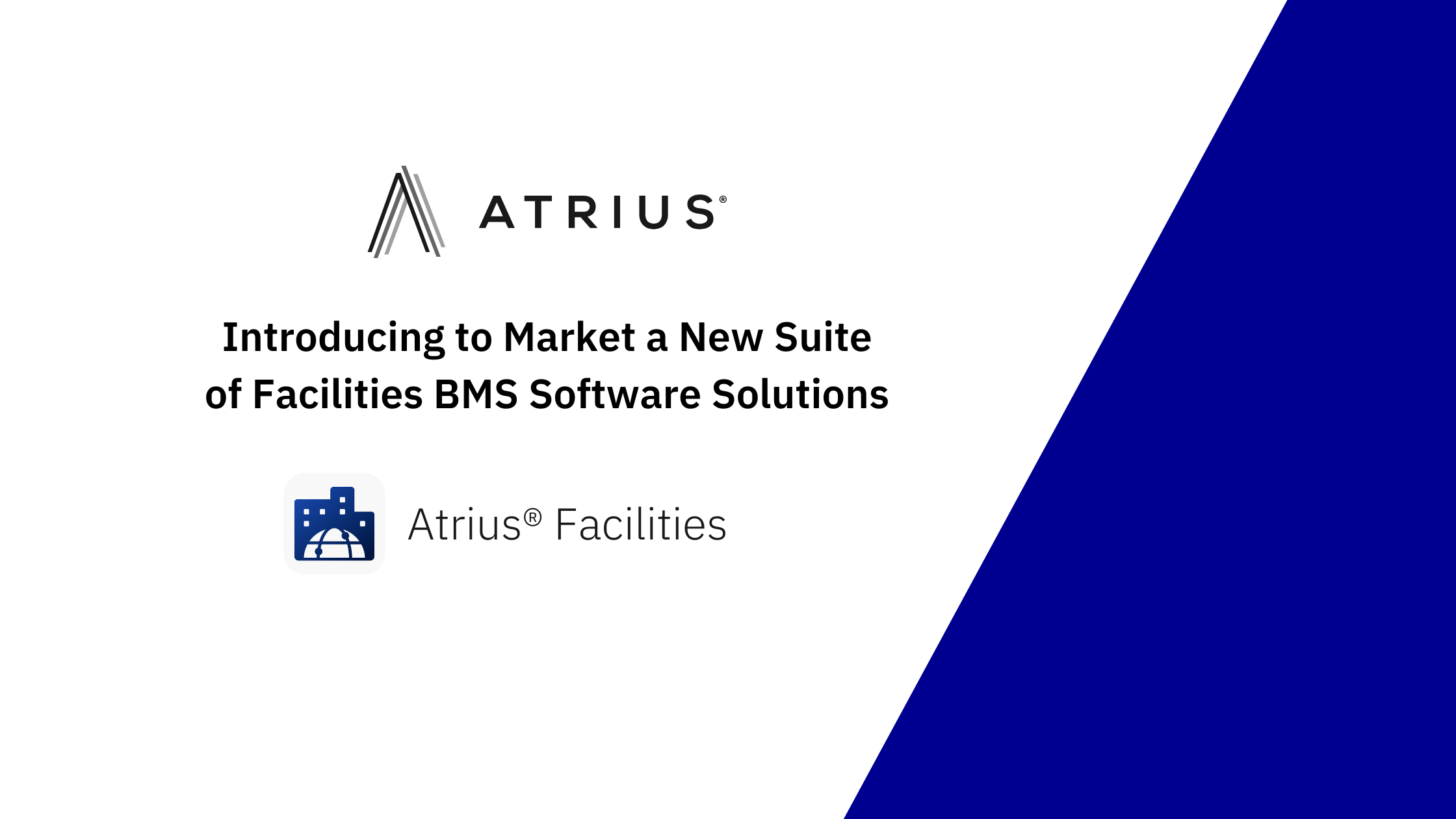Our parent company, Acuity Brands, Inc., recently released its fourth annual EarthLIGHT Report, which offers an in-depth look at its Environmental, Social and Governance (ESG) progress. In this year’s report we are proud and excited to share how Atrius is essential in our sustainability journey towards achieving Net Zero by 2040.
The main goal of the EarthLIGHT Report is to highlight Acuity’s progress towards reducing environmental impact and one of the ways we are able to do that is through the use of technology and improvements to our operations. Atrius Sustainability and Atrius Energy are key tools in defining and standardizing data, helping Acuity set ESG goals (focused on the E – environmental) and providing progress updates.
If you haven’t read the report and have an interest in corporate sustainability, I highly recommend reading the EarthLIGHT report. It does a great job of detailing precisely why our technology is so powerful for helping to reduce the environmental impact of buildings and showcasing how corporations can be a force for positive change.
For example, the Acuity painting team at the Guadalupe Production Facility in Mexico developed a comprehensive improvement plan to create a more sustainable painting process during the production of select outdoor lighting products. The team implemented actions to save production time, reduce material usage, and lower carbon emissions. One of those improvements included connecting the gas meter to our Atrius cloud to provide real time usage data. Atrius delivered a complete picture of the facilities’ gas use so Acuity could track and report on reduction progress.
Another recently released resource for those interested in how companies can play a role in mitigating climate change is our State of Corporate Sustainability report. It provides the latest information on shifting attitudes and standards in the world of corporate sustainability.
What struck me about both reports is the significant business shift currently taking place – corporate America is recognizing and acting to address climate change.
Survey respondents no longer view energy management as the destination, but rather one of the first of many crucial steps on a journey toward the long-term goal of Net Zero. The efforts being undertaken by Acuity as outlined in the EarthLIGHT report essentially mirror the findings from our new research, and the industry as a whole.
The responses compiled in the State of Corporate Sustainability survey offer instructive insight into what sustainability managers require, how they are managing new corporate mandates, and the perennial barriers they continue to grapple with in meeting these ambitious goals. Some of the more interesting findings from the State of Corporate Sustainability survey include:

Two previously independent megatrends beginning to intersect
Sustainability initiatives focused on limiting the effects of climate change are becoming more deeply integrated into corporate roadmaps. Technology-based digital transformations are creating new efficiencies, faster responses to changing environments and a deeper understanding of a built space’s evolving conditions. Together, these two trends herald positive action for mitigating climate change.
Respondents no longer view energy management as the destination
In previous years’ surveys, lowering energy use was the lens through which sustainability was viewed. Now, energy management is perceived as just the first of many crucial steps on the journey to sustainability towards the long-term goal of Net Zero operations.
Organizations show varying degrees of maturity on the path to sustainability
While 60% of the respondents reported being “on track” or “ahead” in their goals, 38% said they are behind or just getting started. Time-consuming data management is seen as a giant hurdle blocking sustainability progress, with nearly 40% of survey respondents citing data quality problems. Budget constraints, ill-defined ROI and lack of resources continue to hamper implementation efforts.
Disconnect between implementation teams and C-suite executives
Survey respondents reported a disconnect between their teams and leadership related to centralized data tools. Sustainability professionals require investment in reporting tools at the beginning, middle, and advanced stages of programs as this information is essential to resource investment, transparency and ROI.
This final point deserves a bit of attention because this is exactly where our technology provides the visibility and tracking required to reach bold ESG goals, specifically related to Net Zero. Acuity’s EarthLIGHT report details how Atrius makes a valuable difference in energy savings. Acuity has set ambitious goals of reducing its Scope 1 and 2 emissions 42% by 2029, eliminating 100 million tonnes of customer carbon emissions by 2030 and becoming Net Zero by 2040. As Acuity looks to the future with its sustainability goals, Atrius will play an important role in this sustainability journey.
At the intersection of technology and sustainability, Atrius provides the tools to help save energy, reduce carbon emissions, track results and achieve ESG targets. To read more about State of Corporate Sustainability research, click here. To learn more about Acuity’s EarthLIGHT report and Atrius’ role in the company’s sustainability journey, click here. Or to get started on your own sustainability journey with Atrius, click here.



